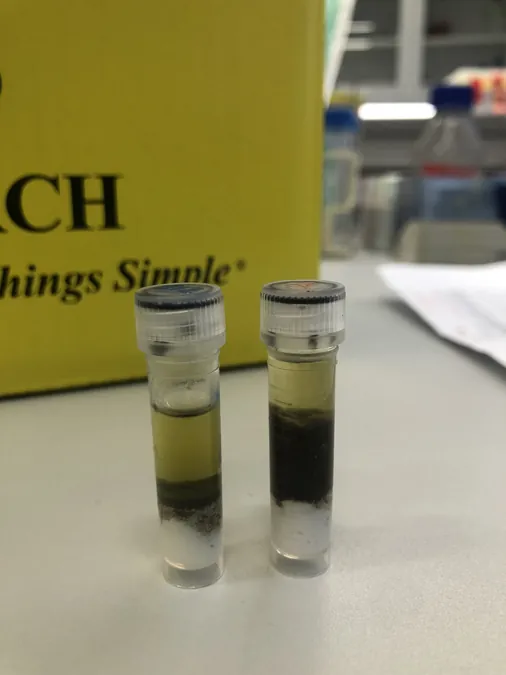
Shocking Discovery: Microplastics May Shield Pathogens from Wastewater Treatment!
2024-11-06
Author: Emma
Introduction
Recent research has uncovered an alarming reality: pathogens lurking on microplastics could survive even the most advanced wastewater treatment processes. Conducted by Ingun Lund Witsø and her team at the Norwegian University of Life Sciences, the study — published in the open-access journal PLOS ONE on November 6, 2024 — reveals serious implications for human health and environmental safety.
Microplastics and Wastewater Treatment
While wastewater treatment plants are engineered to eliminate contaminants from sewage, they often fail to eradicate microplastics. These tiny plastic particles can become coated with a dense microbial biofilm referred to as a plastisphere. Previous studies have raised concerns about these microbial communities harboring potential pathogens, which may jeopardize public health once treated wastewater and sludge are released back into the ecosystem.
Groundbreaking Findings
In this groundbreaking study, researchers investigated the presence of food-borne pathogens associated with microplastics from wastewater. They cultured various microorganisms and employed advanced genetic techniques to unravel the complexity of plastisphere communities. The results were startling: pathogenic bacteria and viruses, including notorious culprits like Listeria monocytogenes, Escherichia coli, norovirus, and adenovirus, were discovered living on these plastics.
Isolation of Pathogens
Notably, the team successfully isolated and grew Klebsiella pneumoniae and Acinetobacter species from both raw and treated wastewater, underscoring the likelihood that these biofilms provide an unintended layer of protection for pathogens against the treatment processes.
Implications for Public Health
These revelations thrust into the spotlight the significant risk posed by plastispheres as vectors for the transmission of pathogens, complicating efforts toward safe wastewater reuse and recycling. If not addressed, the growing issue of microplastic pollution alongside ineffective treatment could enable harmful pathogens to enter the food chain, increasing the risk of disease outbreaks.
Call for Action
The researchers stress the pressing need for continued innovation in wastewater treatment and effective plastic waste management strategies. They assert, “The existence of microbial biofilms on plastics in treatment plants poses a real challenge, potentially facilitating the survival and transmission of dangerous pathogens like Listeria and E. coli even after treatment.”
Conclusion
As the world grapples with the dual threats of plastic pollution and infectious diseases, this study reinforces the urgent call for action. Tackling both microplastics and their microbial contaminants is imperative for safeguarding public health and promoting environmental sustainability. With global awareness of these issues on the rise, the push for change has never been more crucial!









 Brasil (PT)
Brasil (PT)
 Canada (EN)
Canada (EN)
 Chile (ES)
Chile (ES)
 España (ES)
España (ES)
 France (FR)
France (FR)
 Hong Kong (EN)
Hong Kong (EN)
 Italia (IT)
Italia (IT)
 日本 (JA)
日本 (JA)
 Magyarország (HU)
Magyarország (HU)
 Norge (NO)
Norge (NO)
 Polska (PL)
Polska (PL)
 Schweiz (DE)
Schweiz (DE)
 Singapore (EN)
Singapore (EN)
 Sverige (SV)
Sverige (SV)
 Suomi (FI)
Suomi (FI)
 Türkiye (TR)
Türkiye (TR)